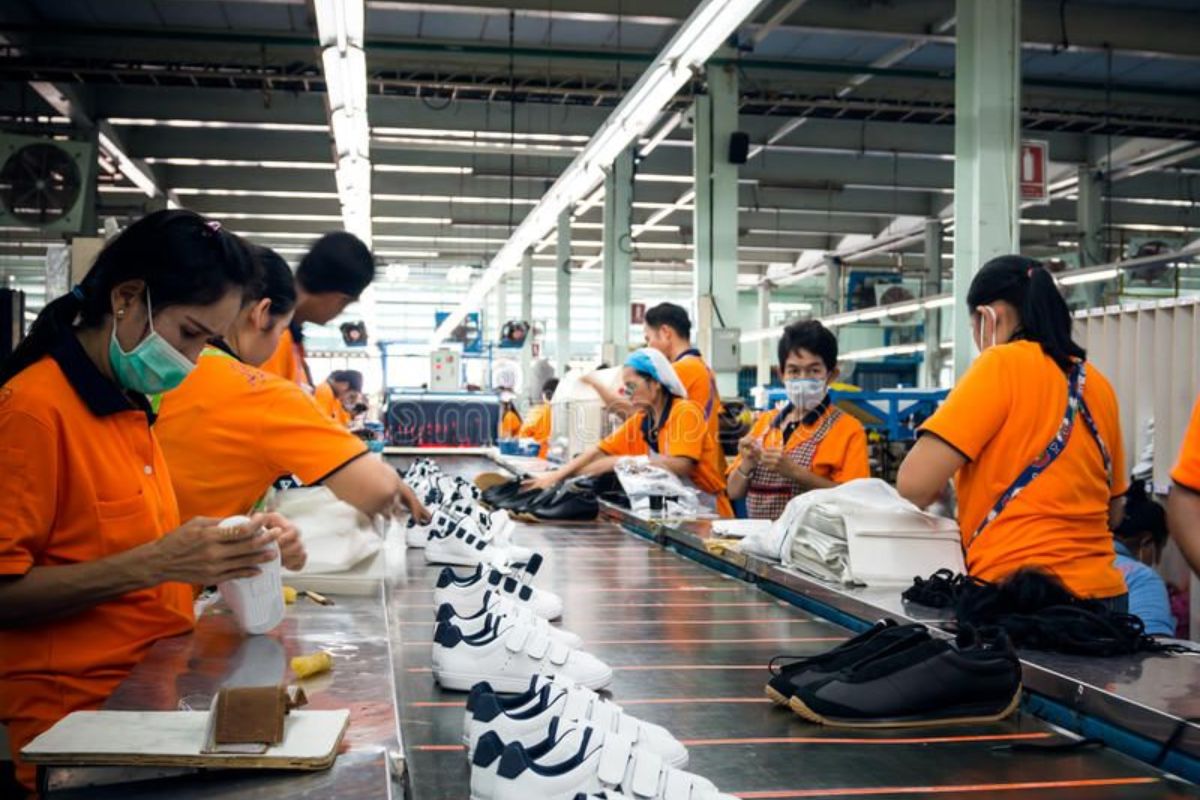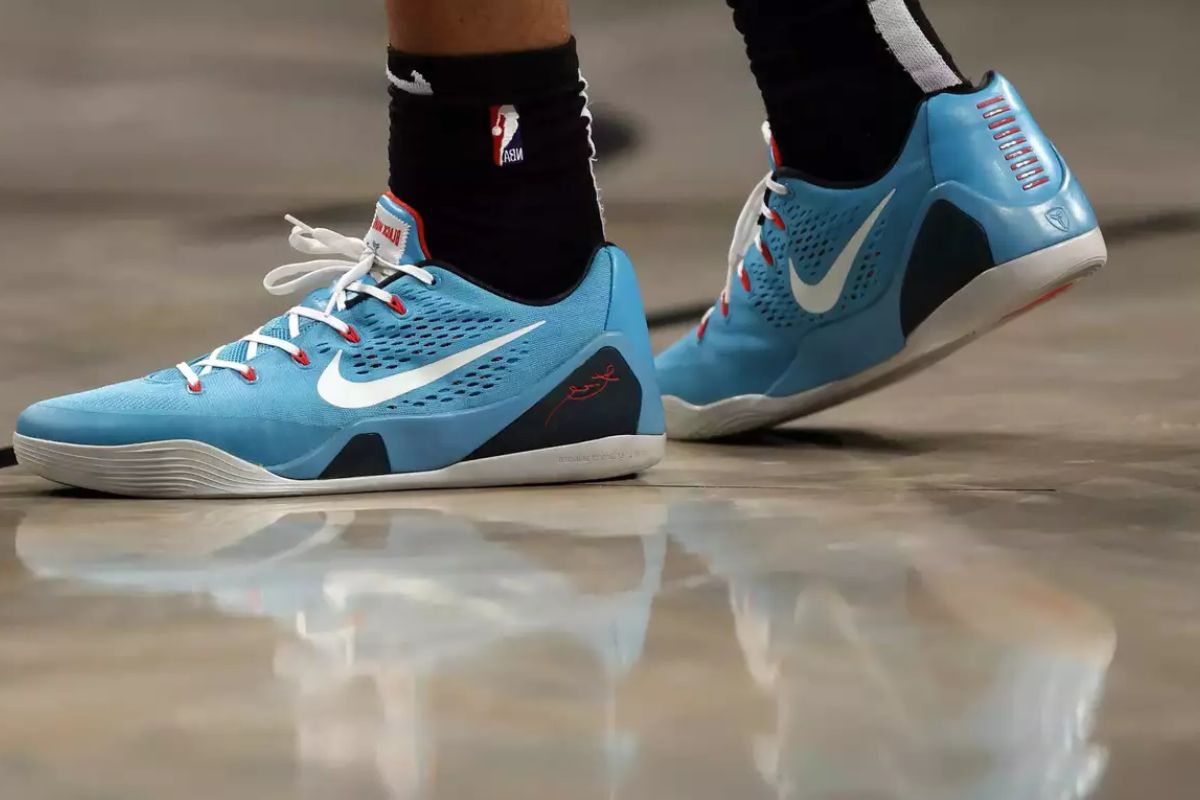Nike’s Bold Move: Nike’s recent decision to reduce its workforce by 2% has sent ripples through the industry, sparking discussions on the company’s strategic direction and the broader implications for the sportswear market.
While cost-cutting measures are not uncommon in the corporate world, the timing and scale of Nike’s move raise questions about the necessity and potential long-term impact on its operations.
With competitors also navigating shifting consumer trends and economic uncertainties, the significance of this workforce reduction extends beyond mere numbers, hinting at a more profound transformation underway at the sportswear giant.
Key Takeaways
- Nike’s workforce reduction of 2% aligns with a $2 billion savings plan for operational efficiency.
- The job cuts demonstrate Nike’s commitment to proactive adaptation and long-term sustainability.
- Focus on streamlining operations and enhancing competitiveness in a challenging market environment.
- Swift and decisive actions highlight Nike’s determination to transform and maintain leadership in the industry.
Workforce Reduction Strategy
In response to financial challenges and in line with industry trends, Nike has unveiled a strategic workforce reduction plan that will see over 1,600 jobs, representing approximately 2% of its total employees, cut from its roster. This bold move by the sportswear giant comes as a decisive response to a decline in profits and echoes similar warnings from competitors like Adidas, Puma, and JD Sports. By initiating this substantial cut, Nike aims to streamline its operations, enhance efficiency, and reposition itself in a fiercely competitive market.
Also Read: Nike Sneaker Prices Drop as Discounts Multiply in 2024
The decision to slash jobs is a calculated strategy to navigate the challenging landscape of the sportswear industry. It underscores Nike’s commitment to adapt proactively to market fluctuations and maintain its position as a global leader. While the move may raise concerns among employees and industry observers, it signifies Nike’s willingness to make tough decisions to drive long-term sustainability and profitability. This workforce reduction strategy, although impactful, demonstrates Nike’s determination to transform and emerge stronger in the face of adversity.
Cost-Cutting Measures and Savings Plan
Amidst its strategic workforce reduction plan, Nike has unveiled a comprehensive $2 billion savings initiative geared towards optimizing operations and driving long-term financial resilience. This bold move reflects the brand’s commitment to staying agile and competitive in a rapidly evolving market landscape.
The cost-cutting measures and savings plan outlined by Nike include:
- Optimizing product supply chains to enhance efficiency
- Improving the overall supply chain management processes
- Streamlining management layers to reduce bureaucracy and increase decision-making speed
- Integrating automation technologies to boost productivity and reduce operational costs
- Anticipating significant employee severance costs in the range of $400 million to $450 million in the third quarter.
Scale of Workforce Impact
The substantial reduction in Nike’s workforce, comprising approximately 83,700 employees as of May 31, 2023, marks a significant strategic move aimed at bolstering the company’s financial robustness amidst challenging economic conditions. This drastic step underscores Nike’s commitment to adapting swiftly to market dynamics, showcasing a willingness to make tough decisions to ensure long-term sustainability.
The scale of this reduction, equivalent to about 2% of its total workforce, signifies a profound restructuring effort within the organization. By streamlining its operations through targeted layoffs, Nike is positioning itself to navigate uncertainties effectively and emerge stronger in the post-pandemic landscape.
The Wall Street Journal’s report on the prompt commencement of these layoffs, with a follow-up phase scheduled to conclude by the quarter’s end, highlights the urgency and determination with which Nike is approaching this transformation. This workforce impact, although regrettable on a human level, demonstrates Nike’s commitment to securing its financial footing and driving future growth.
Specifics of Workforce Reduction
Nike’s strategic reduction in its workforce, as detailed in The Wall Street Journal’s initial report, is set to commence this Friday, with a subsequent phase scheduled for completion by the end of the quarter. The specifics of the layoffs shed light on the targeted areas and the approach Nike is undertaking during this transformative phase. Here are key points to consider:
- Employees in stores and distribution centers will be spared from the impact, indicating a strategic focus on maintaining operational efficiency and customer service.
- The innovation team is also excluded from the reductions, emphasizing Nike’s commitment to driving forward-looking initiatives and product development.
- The reduction process is expected to be swift and decisive, reflecting a clear strategy to streamline operations and realign resources effectively.
- The spared departments play a crucial role in Nike’s core functions, suggesting a strategic approach to safeguarding key operational areas.
- By sparing certain divisions, Nike aims to minimize disruptions to critical business functions while optimizing workforce composition for future growth and innovation.
Market Context and Industry Trends
In a dynamically shifting market landscape for sportswear companies, the prevailing industry trends underscore a pressing need for strategic adaptation and financial resilience. The sportswear industry is facing headwinds as consumer spending on non-essential items dwindles, impacting giants like Nike, Adidas, and Puma. This economic challenge necessitates bold moves, such as Nike’s recent job cuts, to realign resources and prioritize transformation in the face of adversity.
| Industry Trends | Impact on Companies |
|---|---|
| Reduction in consumer spending | Companies experience weaker earnings. |
| Need for strategic adjustments | Adaptation is vital for financial stability. |
| Emphasis on transformation | Companies like Nike make bold moves to stay competitive. |
As companies grapple with these challenges, the ability to swiftly pivot strategies and streamline operations will be crucial for long-term success. Nike’s decision, though bold, aligns with the industry’s current trajectory, signaling a proactive stance towards ensuring future viability amidst a turbulent market environment.
Conclusion Of Nike’s Bold Move
Nike’s decision to cut 2% of its workforce is a bold move in the face of industry challenges. By implementing cost-cutting measures, the company is positioning itself for transformation and growth in a competitive market.
This strategic move reflects the need for companies to adapt and evolve in order to stay relevant and thrive in the ever-changing landscape of the industry. Nike’s willingness to make tough decisions demonstrates its commitment to staying ahead of the curve.




